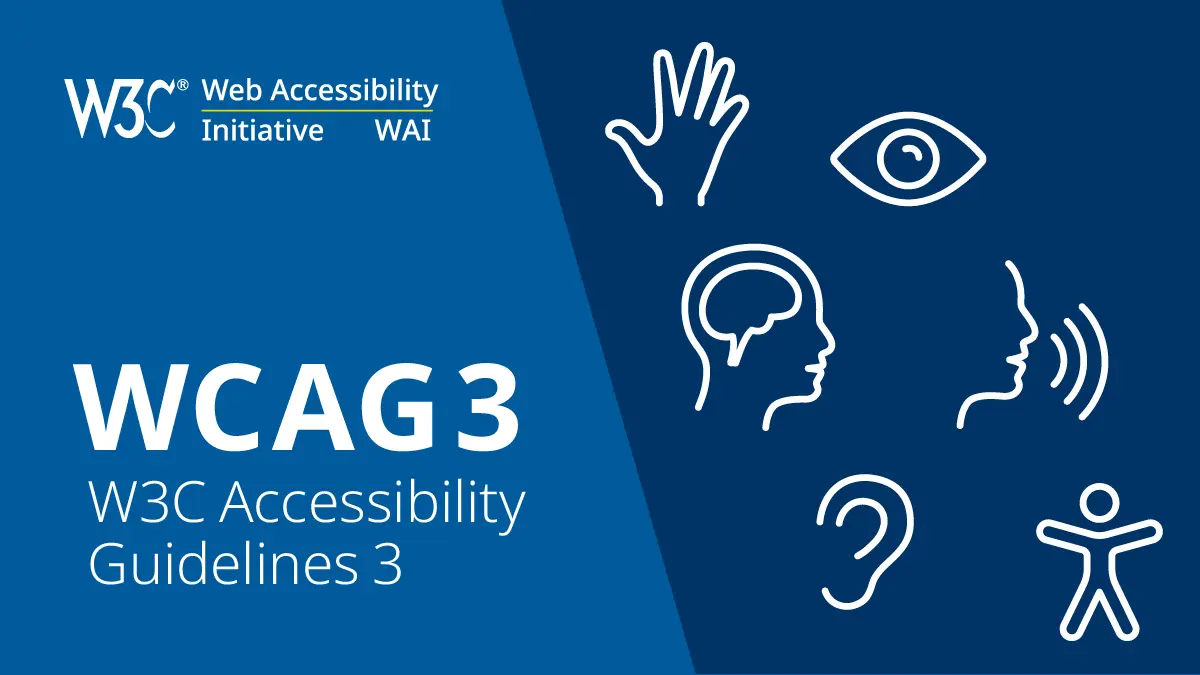Importance of the CSS Outline Property for Web Accessibility

Introduction
When building modern web applications, developers often focus on visual design and user experience, but one critical aspect that's frequently overlooked is accessibility. The CSS outline property plays a crucial role in making websites accessible to users who rely on keyboard navigation and screen readers. In this article, we'll explore why the outline property is essential and why you should never set it to outline: none without providing an alternative.
What is the CSS Outline Property?
The outline property in CSS creates a line around an element, outside the border. Unlike borders, outlines don't take up space in the document flow and don't affect the element's dimensions. The outline is typically used to indicate focus states for interactive elements.
/* Basic outline usage */
button:focus {
outline: 2px solid blue;
outline-offset: 2px;
}
Why Outline Matters for Accessibility
Keyboard Navigation
Many users navigate websites using only their keyboard, particularly users with motor disabilities or those who prefer keyboard shortcuts. When these users press the Tab key to move through interactive elements, the browser shows a focus indicator - typically an outline around the focused element.
Screen Reader Users
Users who rely on screen readers need clear visual indicators to understand which element is currently focused. The outline provides this crucial feedback.
Visual Impairments
Users with visual impairments may have difficulty distinguishing between focused and unfocused elements without clear visual indicators.
The Problem with outline: none
Setting outline: none removes the default focus indicator, making it impossible for keyboard users to see which element is currently focused. This creates a significant accessibility barrier.
/* ❌ DON'T DO THIS */
button:focus {
outline: none;
}
Proper Alternatives to outline: none
If you need to customize the focus indicator, provide an alternative that's equally or more visible:
1. Custom Outline
button:focus {
outline: 3px solid #0066cc;
outline-offset: 2px;
}
2. Background Color Change
button:focus {
outline: none;
background-color: #e6f3ff;
border: 2px solid #0066cc;
}
3. Box Shadow
button:focus {
outline: none;
box-shadow: 0 0 0 3px rgba(0, 102, 204, 0.5);
}
Best Practices for Focus Indicators
1. High Contrast
Ensure your focus indicators have sufficient contrast against the background. The WCAG guidelines recommend a contrast ratio of at least 3:1 for focus indicators.
2. Consistent Styling
Use consistent focus indicators across your entire application. This helps users understand the interface better.
3. Visible and Clear
Make sure focus indicators are clearly visible and don't blend into the background.
4. Test with Keyboard Navigation
Always test your website using only the keyboard to ensure all interactive elements are accessible.
Common Mistakes to Avoid
1. Removing Focus Indicators Entirely
/* ❌ This removes all focus indicators */
*:focus {
outline: none;
}
2. Invisible Focus Indicators
/* ❌ This makes focus indicators invisible */
button:focus {
outline: 1px solid transparent;
}
3. Inconsistent Focus Styles
Using different focus styles for similar elements can confuse users.
Testing Your Focus Indicators
Manual Testing
- Navigate your website using only the Tab key
- Ensure every interactive element shows a clear focus indicator
- Verify that focus indicators are visible and don't interfere with content
Automated Testing
Use tools like axe-core or Lighthouse to automatically detect accessibility issues, including missing focus indicators.
Conclusion
The CSS outline property is not just a styling choice - it's a critical accessibility feature that ensures your website is usable by everyone. By understanding its importance and implementing proper focus indicators, you can create more inclusive web experiences.
Remember: Never use outline: none without providing an alternative focus indicator. Your users' ability to navigate and use your website depends on it.
Additional Resources
- WCAG 2.1 Guidelines on Focus Indicators
- MDN Documentation on CSS Outline
- WebAIM's Guide to Keyboard Accessibility